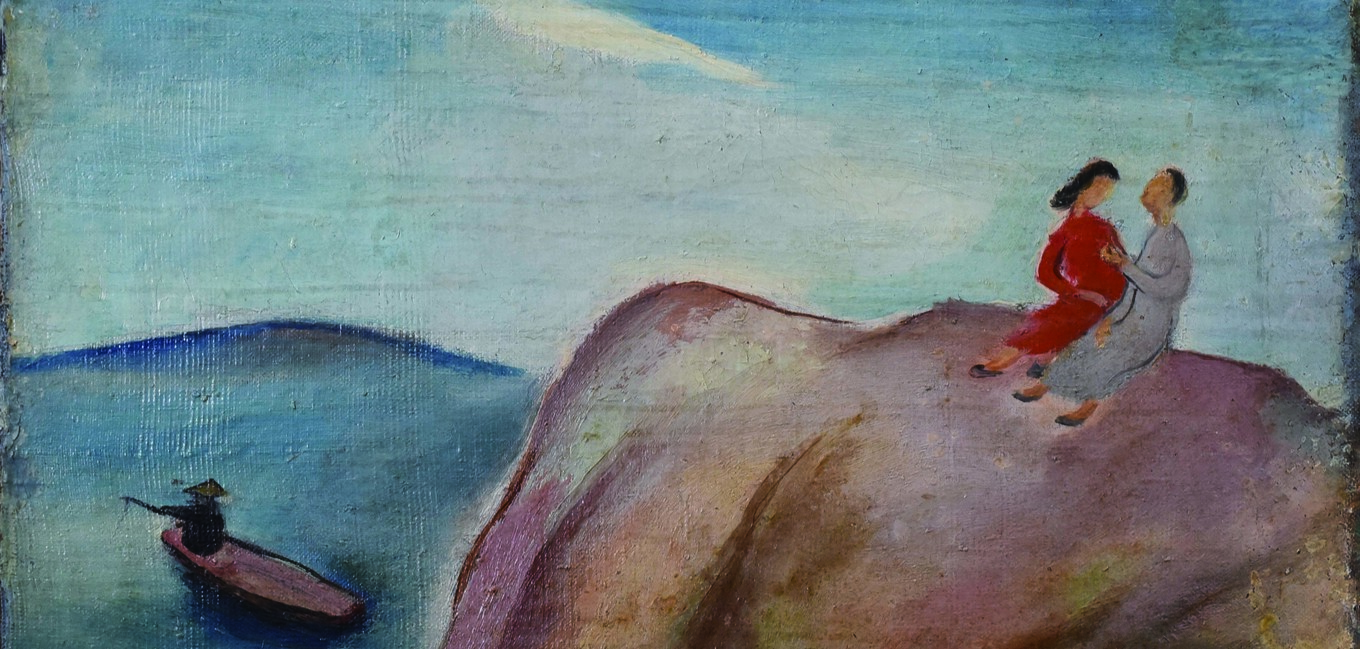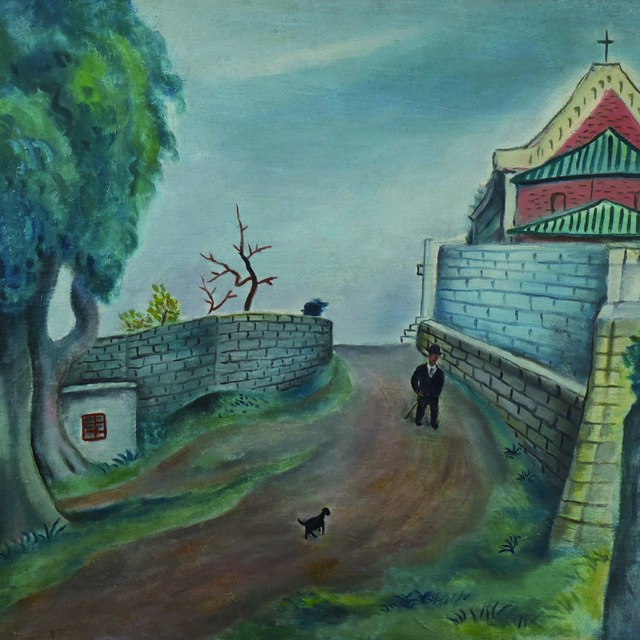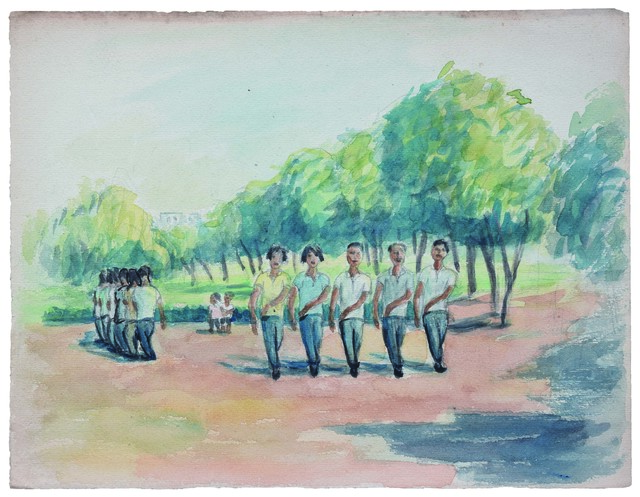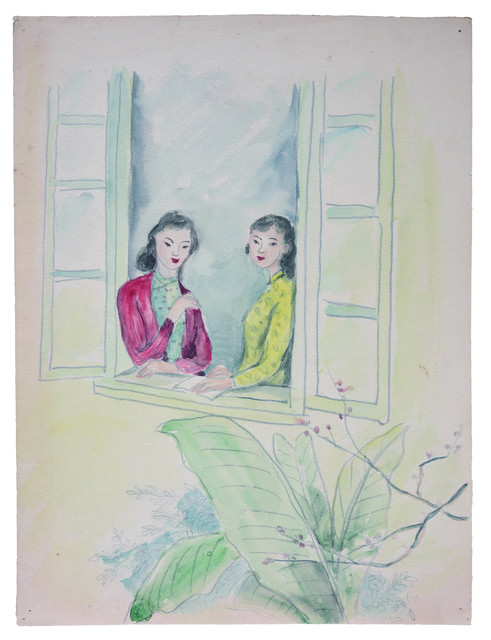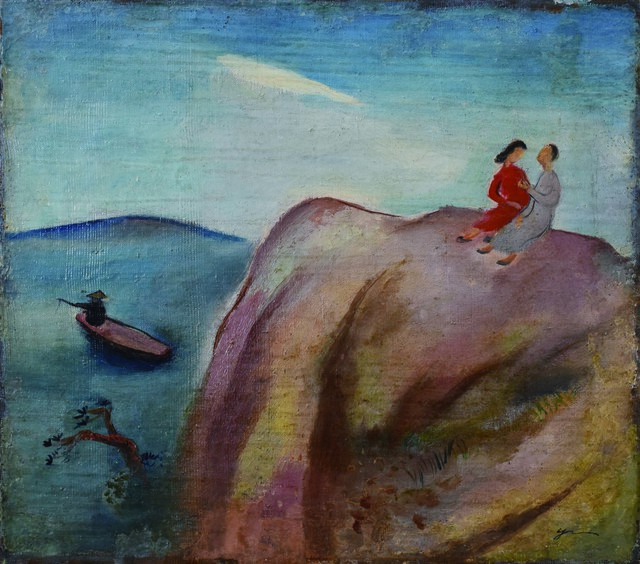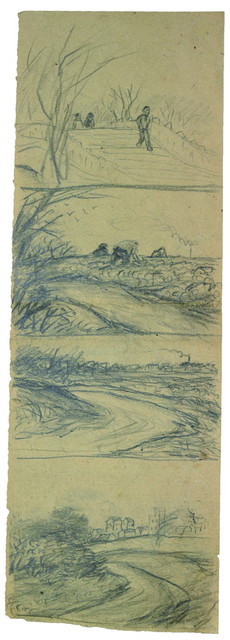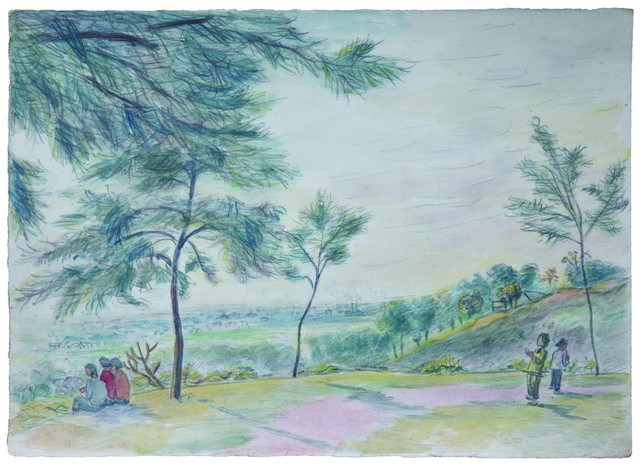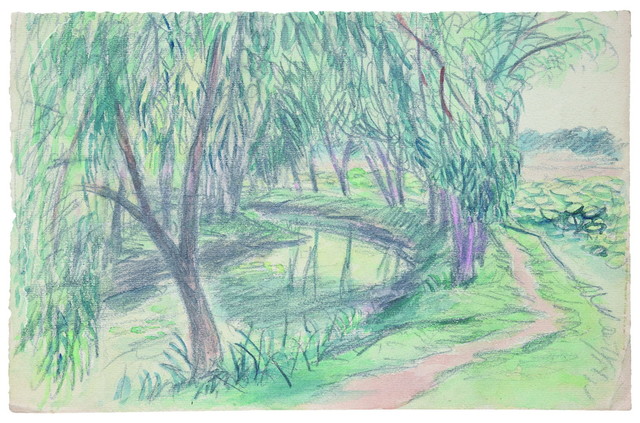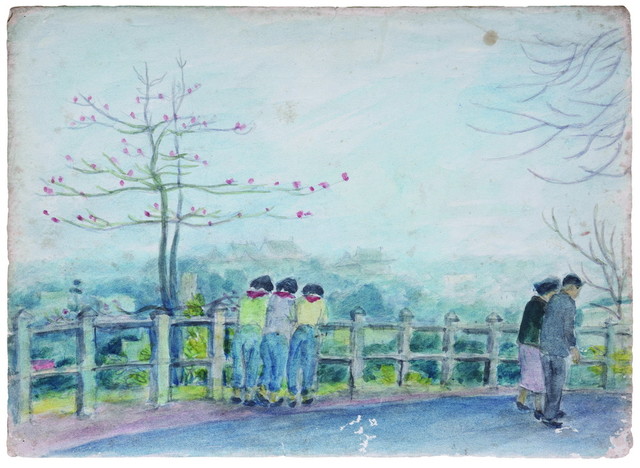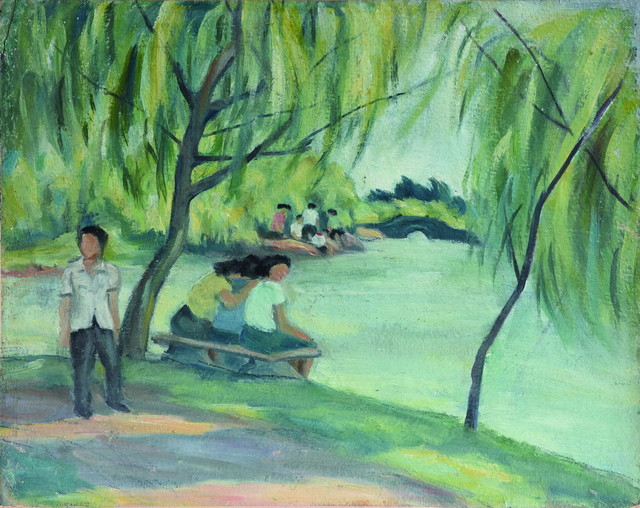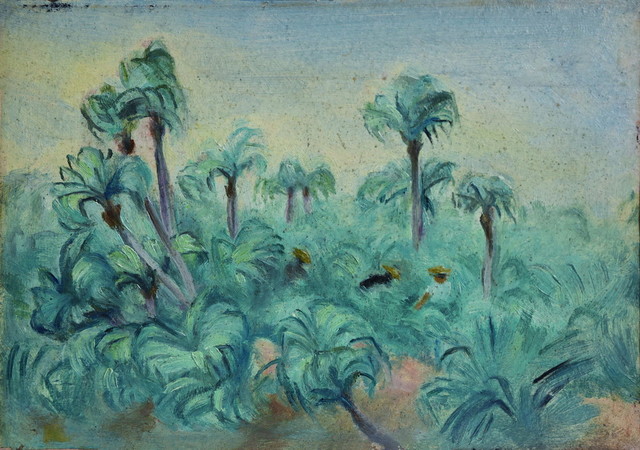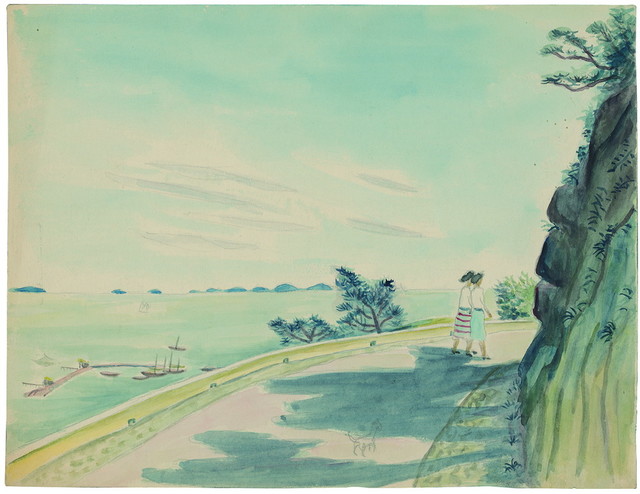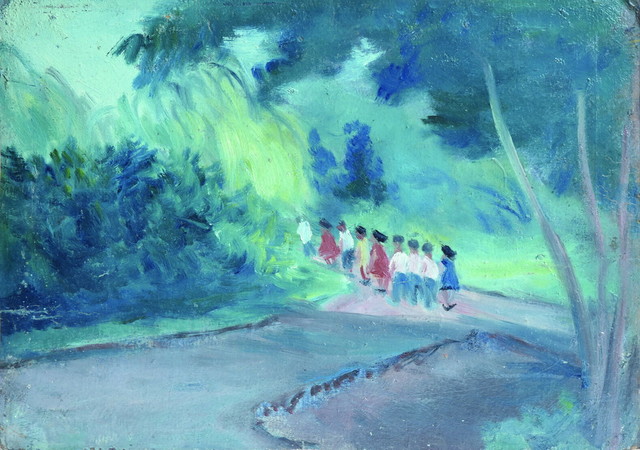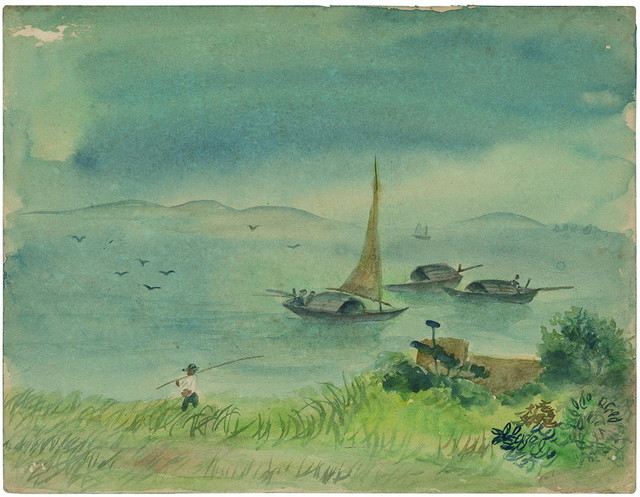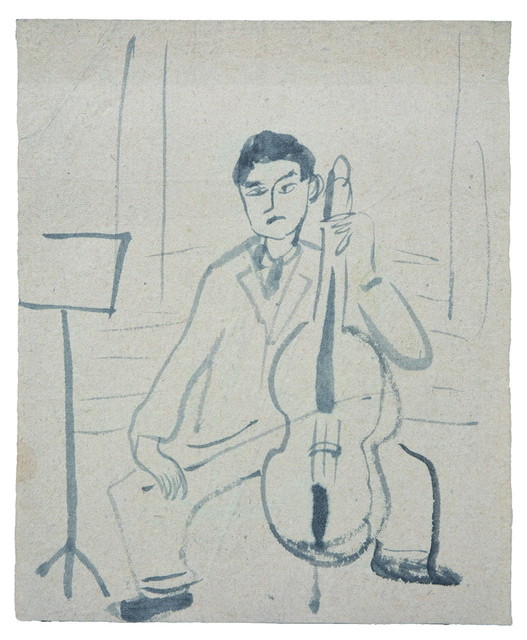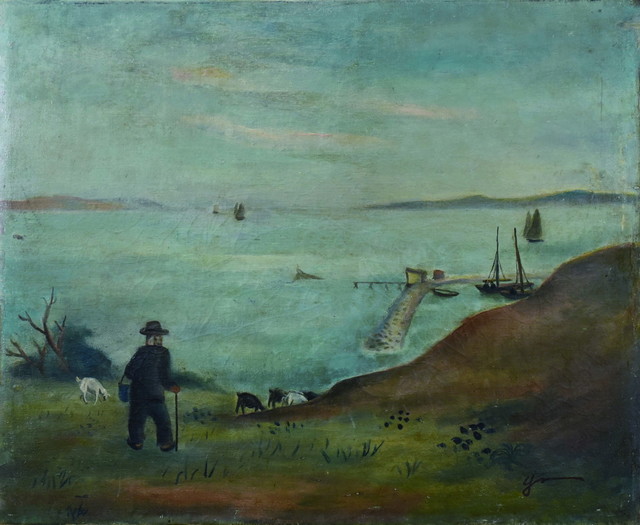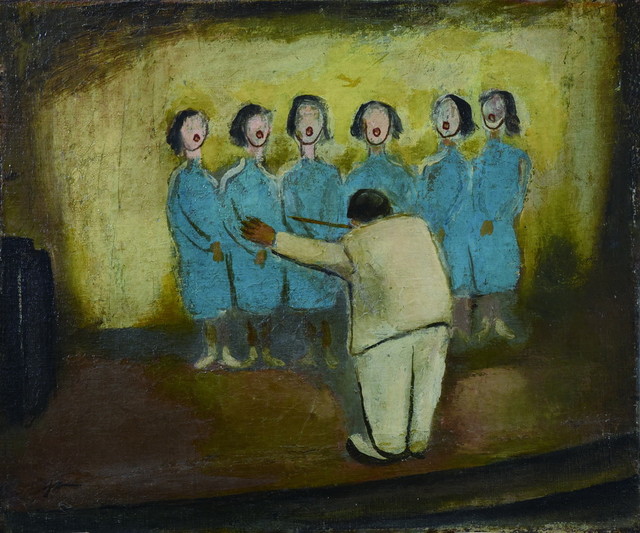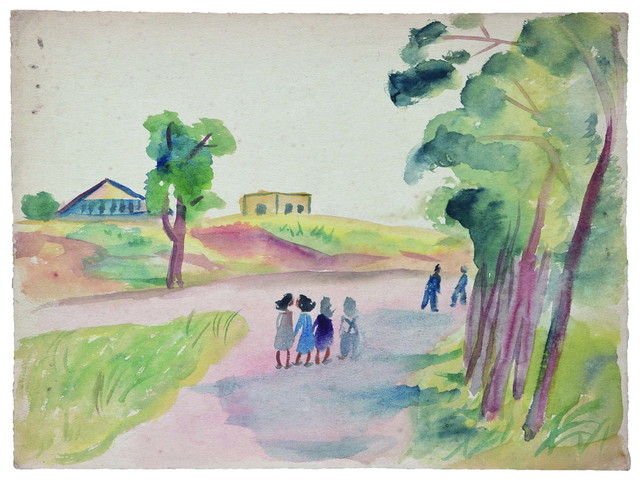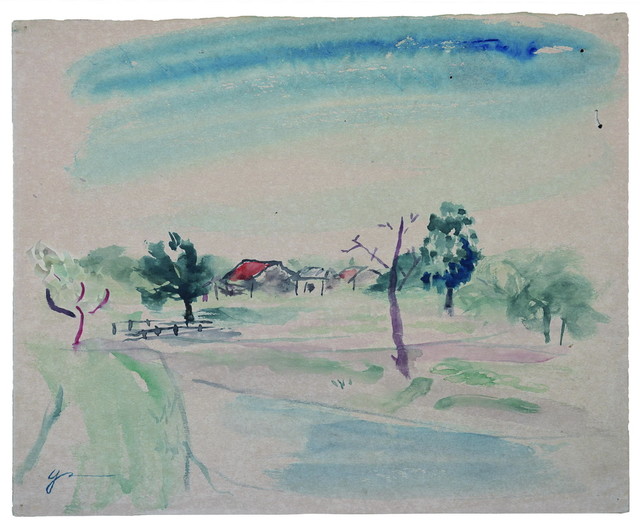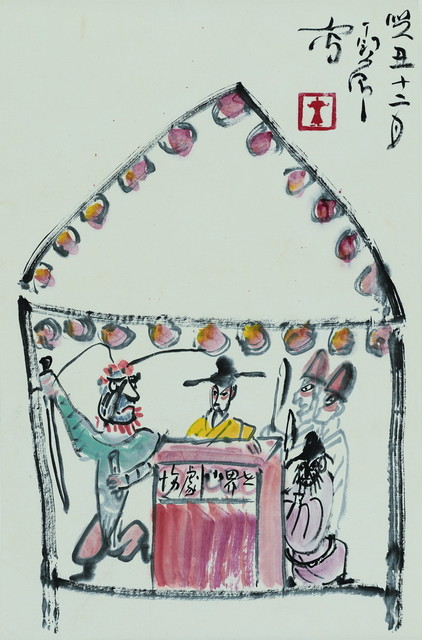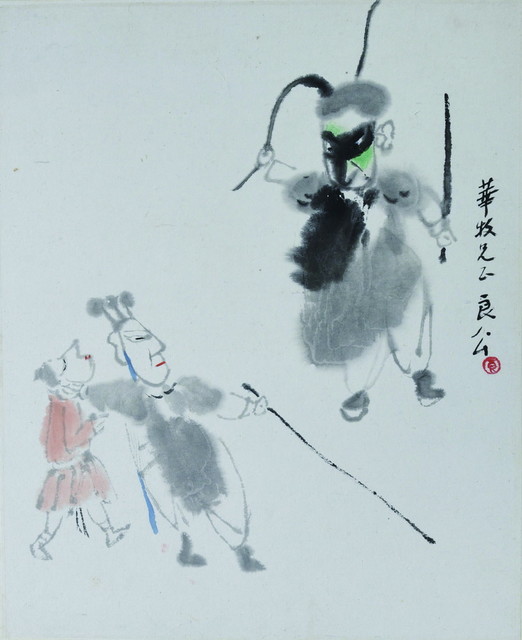In 1956, the painter Tan Huamu returned to Guangzhou from Macao to settle down. He spent the last 20 years of his life in this southern city. After he returned to China, he made sketches by drawing from the scenery and people around him day after day. Some of these sketches were developed into oil paintings. The dates are marked on the reverse sides of some of the sketches. This exhibition will trace the exceptional career of this modern artist through these pieces of his “pictorial diary”.
In 1896, Tan Huamu was born in Taishan, Guangdong. In 1919, he was admitted to the Tokyo Fine Arts School to study yōga (yanghua in Chinese, which means “foreign-style painting” applied in “Western” materials such as oil or watercolor). After he returned to China in 1924, Tan became a pioneer in modern Chinese art education who taught in several schools in Guangzhou and Shanghai. During the War of Resistance Against Japanese Aggression, Tan moved to Macau. After the war he served as a professor and director of general affairs at the Guangdong Provincial School of Arts. In the late 1940s, he moved again to Macau. In 1956, he returned to Guangzhou to reunite with his family. Thereafter he worked as a painter at Guangdong Academy of Painting till his death in 1976.
In the twentieth century, Tan is one of the modern artists who pioneered the experiments of fusing Chinese and Western painting styles. As early as the 1920s, he was regarded as a representative of the new style of yanghua. As an early accomplishment of Chinese modern art, the style of yanghua combines the stylistic elements of Post-Impressionism, Fauvism, and Literati Painting.However, since Tan was introverted and rarely published his works, he was considered as “a missing person in art history.”
In this exhibition, except Tan’s representative works created before and after his return to China, most of the works and precious documents are shown to the public for the first time. This exhibition introduces in-depth this modern hermit’s singular mode of cross-media working. Meanwhile, it reveals a long-forgotten phenomenon of art history -- that is, an approach to innovating Chinese modern painting that was developed collectively by the Japanese-trained artists Tan Huamu, Guan Liang, and Ding Yanyong.
On the occasion of the opening of this exhibition, we would like to express our sincere gratitude to the collectors, artists, family members, relevant experts, scholars, and academic institutions, for the various help and support that they offered!

